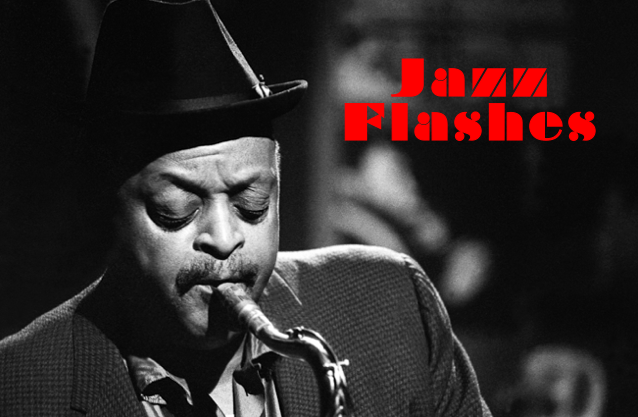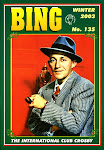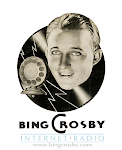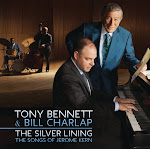While she may not have actually been the first singer to perform live over the airwaves, Vaughn De Leath most certainly was one of the first female vocalists to build up a following and a career through the new medium of radio starting in the early 1920s. In fact, though some sources differ as to the date of her first broadcast, in January 1920 she sang during an experimental program originating from the studio of inventor Lee DeForest in New York City, and she was so successful that just three years later, the magazine The Wireless Age ran an article about her that began as follows:
Thus far no one has come forward to dispute Vaughn De Leath's claim of being "the original radio girl." Probably no one will, for the letters she has from her invisible audience are dated months before radio entertainment became everybody's job. Her first radio appearance was in the early days of 1920, in the World Tower Station, New York City. Even then she sensed radio's impending popularity, and she stoutly defended the latest of arts and sciences against those who contended it would not last. (February 1923, page 27).
Though it may be a little bit of an exaggeration to call her a visionary, she definitely was a true pioneer, and in more ways than one, since several years after her first radio appearance, she was also featured in one of the earliest experimental television broadcasts. A native of Illinois, she had been born Leonore Vonderlieth on September 26, 1896, and her stage name was a modification of her German last name. One of the reasons why De Leath (the name is variously spelled "de Leath," "DeLeath," and "deLeath" depending on the sources) was so popular in the early days of radio is that her voice was perfectly suited to the delicate equipment in use at the time. She developed an attractive crooning style that pleased audiences everywhere and that also translated very well to phonograph records, both in the acoustic and electric eras. Her flair for uptempo numbers must have been a primary influence on contemporary female vocalists such as Annette Hanshaw and Ruth Etting. She occasionally recorded duets with other popular singers of the day, like Frank Harris, Franklyn Baur, and Ed Smalle, and was an accomplished songwriter who often played piano and ukulele on her own records and radio broadcasts.
 |
| DeLeath made a couple of fine records with popular bandleader Paul Whiteman |
Her career as a recording artist began in 1920, several years before the advent of electrical recordings, with a cylinder she cut for the Edison company, and then she spent the 1920s and part of the 1930s making dozens of records for both major and small labels, in addition to her appearances on highly popular radio shows such as the Firestone Radio Hour and the Columbia Phonograph Hour. De Leath's jazz-inflected singing style was often accompanied by studio bands that included fine jazz musicians like Red Nichols, Eddie Lang, and Dick McDonough, among others, and she was the featured vocalist with the Paul Whiteman Orchestra on at least two sides: "The Man I Love" and "Button Up Your Overcoat." In between her radio and recording activities, De Leath occasionally found time to appear on the Broadway stage, starring in the 1923 production of David Belasco and Tom Cushing's Laugh, Clown, Laugh. One of her biggest hits of the 1920s was the Hawaiian-styled song "Ukulele Lady," written by Richard Whiting and Gus Kahn, and following the success of this disc, she sang on a record of "Ukelele Lessons" released by Victor in 1925.
De Leath's recording activities slowed down dramatically toward the beginning of the 1930s, perhaps because her singing style was becoming somewhat dated, and so she concentrated on any appearances she could secure on local radio, as well as on other business interests, such as running a radio station and even a night club. By the time of her death on May 28, 1943, she was living in Buffalo, New York, had made almost no new records in over a decade, and had become merely a memento of an earlier era. As a matter of fact, Vaughn De Leath is hardly remembered at all today, and there are not many CDs available that feature her old recordings. One of the best is the European import Vaughn De Leath: The First Lady of Radio (Delta Leisure Group, 2012), which includes 24 tracks cut between 1925 and 1929. The sound is good considering the age of the recordings, and besides "Ukelele Lady," we find De Leath's versions of standards such as the Nick Lucas-associated "Looking at the World (Through Rose-Colored Glasses)," "Sometimes I'm Happy," "I Can't Give You Anything But Love," "I Must Have That Man," and "I Wanna Be Loved by You" (she even scats briefly on this last one). The two sides with Whiteman are also thankfully here, as is her fine rendition of Jerome Kern and Oscar Hammerstein's Show Boat classic "Can't Help Lovin' Dat Man." Unfortunately, the compilers did not see fit to include De Leath's very popular reading of "Are You Lonesome Tonight?" (yes, the same song that Elvis Presley made into a big hit in 1960) but even so, the CD makes for a very interesting trip back in time and is an excellent introduction to De Leath's exciting, peppy singing style that, as much as anything else, embodies the spirit of the Jazz Age.
 |
Clipping from The Wireless Age, February 1923 |
































